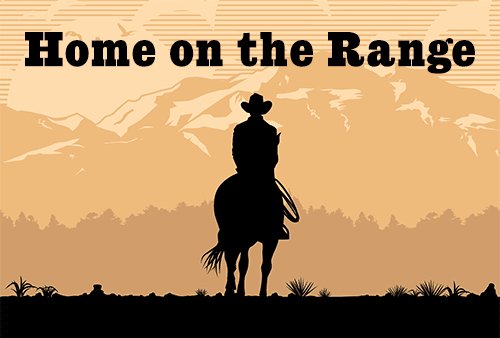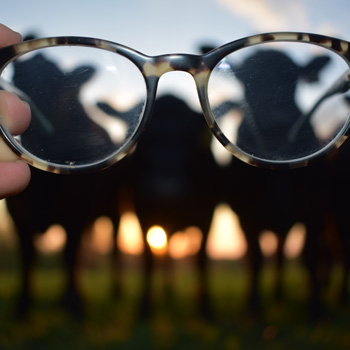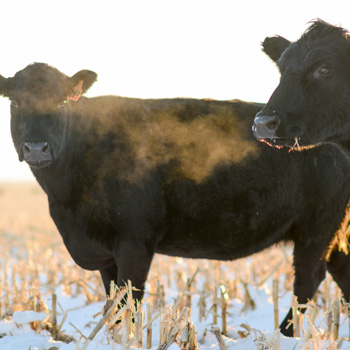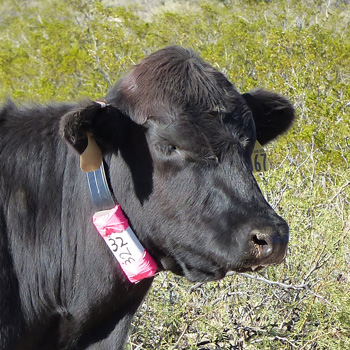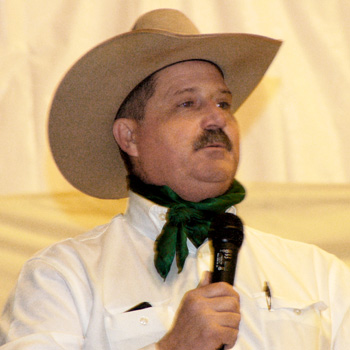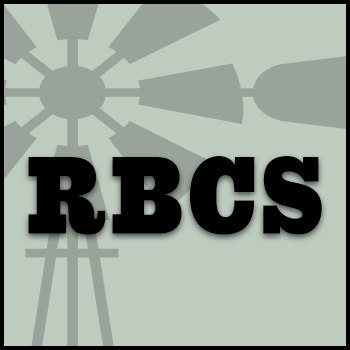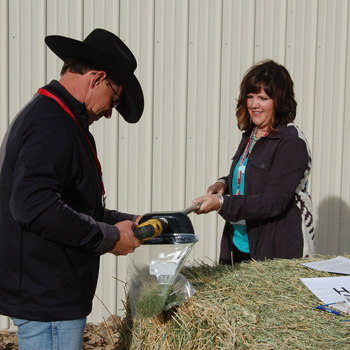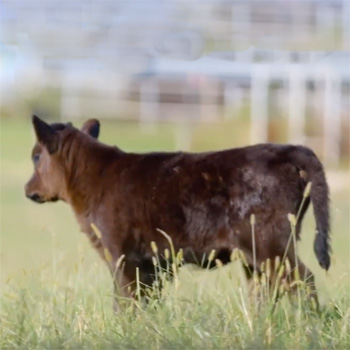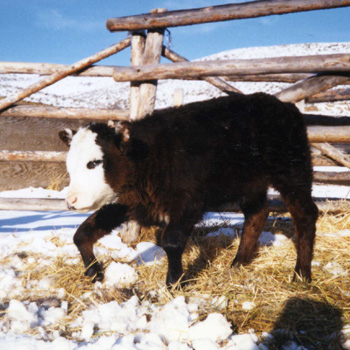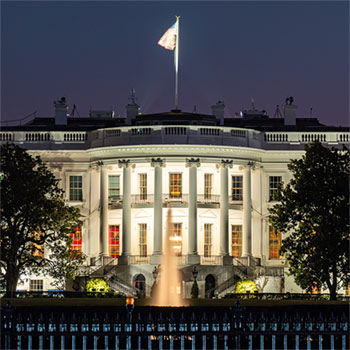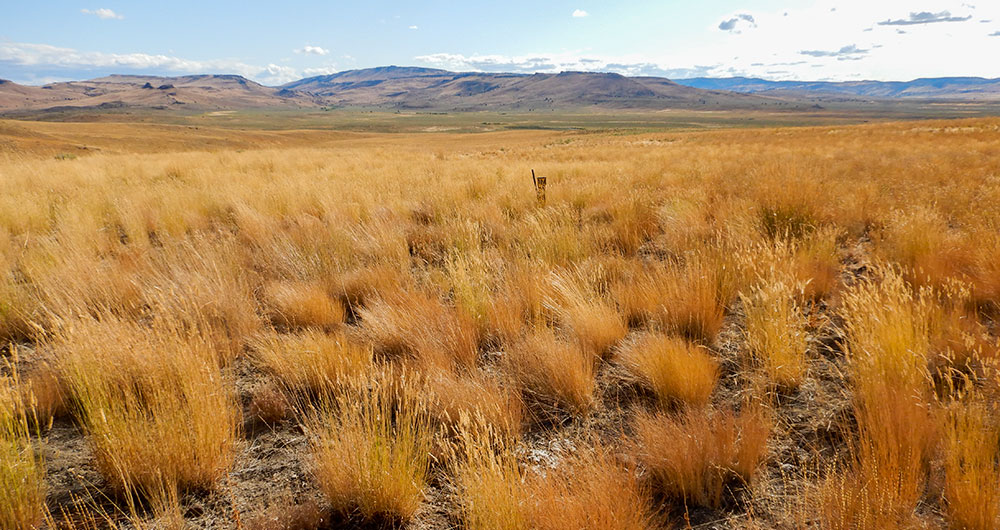
Reducing Wildfire Risk on Rangelands
Research shows late-season grazing of cheat grass can reduce fuel loads.
Several projects in recent years have shown the value of late-season grazing to remove fuel loads on cheat grass-dominated rangelands. Robert “Bob” Alverts, of Science and Management Consulting and part-time faculty in the College of Agriculture at the University of Nevada–Reno, says ungrazed forage becomes fuel.
“When fuel loads build up, unless animals remove it, nature takes it out with lightning-caused fires. With excess fuel, fire burns hot enough to destroy annual and perennial plants; the former grass/shrub plant community is replaced by invasive annuals like cheat grass. Fire-return intervals are shortened, fire burns more readily next time, and range condition and fire danger keep getting worse, spiraling negatively,” he says.
Alverts and several other authors wrote the article “Viewpoint: An Alternative Management Paradigm for Plant Communities Affected by Invasive Annual Grass in the Intermountain West” in the June 2018 Rangelands, published by the Society for Range Management. The article states that plant communities in earlier years in the Great Basin did not include the annual species (cheat grass, medusahead, etc.) we see today. Grazing by native herbivores kept fire intervals less frequent.
The authors coined the phrase “pristine-management-paradigm” to describe the widely held concept that ecological systems are static and can be kept static if protected from burning, grazing and other disturbances. The authors argue that it is impossible to return these ecosystems to historical or pre-Euro-American settlement conditions. Processes that created those landscapes — uncontrolled grazing by bison, elk, etc., and widespread burning by Native Americans — are no longer practiced. Annual grasses have invaded and permanently altered many sagebrush and salt desert shrub communities.
Ecosystem management should now focus on specific measurable goals that society considers valuable, such as soil stability, biodiversity, wildlife habitat, forage production, etc. Today, with almost 10 million acres colonized by cheat grass and other annual grasses, it is obvious to the authors that the pristine-management-paradigm is misguided and has failed.
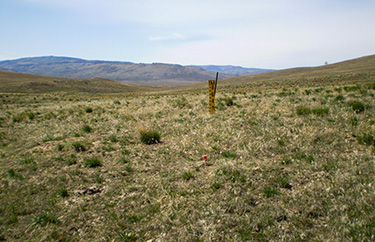 |
The lead photo shows how the bunch grasses are coming back in an area that has been grazed by cattle for several years now to reduce the cheat grass. Compare that with this photo where the perennial bunch grasses were more sparse. [Photo by Robert Alverts] |
A healthy, resilient perennial grass base is the most important long-term method to prevent invasive annuals from establishing dominance, they say. Yet it seems that range ecologists and managers have not been using grazing strategies that consider the effect on non-native annual grasses in today’s landscapes.
The two major grazing systems in the Great Basin are deferred-rotation and rest-rotation. Both focus on meeting physiological needs of grazed perennial grasses, but fail to address the effect on annual grasses. Cattle numbers on grazing permits in the Great Basin focus only on carrying capacities for cattle provided by native perennial species, and are smaller than necessary. Non-native annual grasses generally are not recognized as forage, and are not considered in allotment management plans. Almost all Bureau of Land Management and U.S. Forest Service management planning and implementations of the past 60 years have been to manage perennial grass or palatable shrub species, in spite of the fact annual grasses have become the dominant species in much of the Great Basin.
The authors point out that rest-rotation and deferred-rotation grazing actually help annual invasive grasses multiply, and thus dominate perennial grasses, by leaving more standing dead grass at the end of the traditional grazing season. Anti-grazing sentiment also led to reduction of any temporary grazing authorizations. This inability to graze “outside the box” resulted in annual grass proliferation. This creates larger fuel loads over larger areas with more standing dead litter. A buildup of surface litter creates ideal conditions for germination of seed from annual grasses.
The authors state that the first step in turning this around is recognizing these invasive annual grasses across the Intermountain West, particularly at lower and drier elevations. Scientists, managers and policy-makers must allow and provide for large-scale management of annual grasses. Many shrub-dominated plant communities in the Great Basin and Intermountain West have less perennial grass and have become a mixture of annual and perennial grasses.
The authors suggest that these areas should be managed as annual grasslands, while developing strategies to minimize harm to remnant perennial species. Grazing cheat grass in fall and early winter when perennial grasses are dormant has shown that managed livestock grazing can reduce the carryover fuels going into next year’s fire season. At the same time, this can reduce the ability of cheat grass to dominate these areas. That’s a win-win.
Editor’s note: Heather Smith Thomas is a cattlewoman and freelance writer from Salmon, Idaho.
